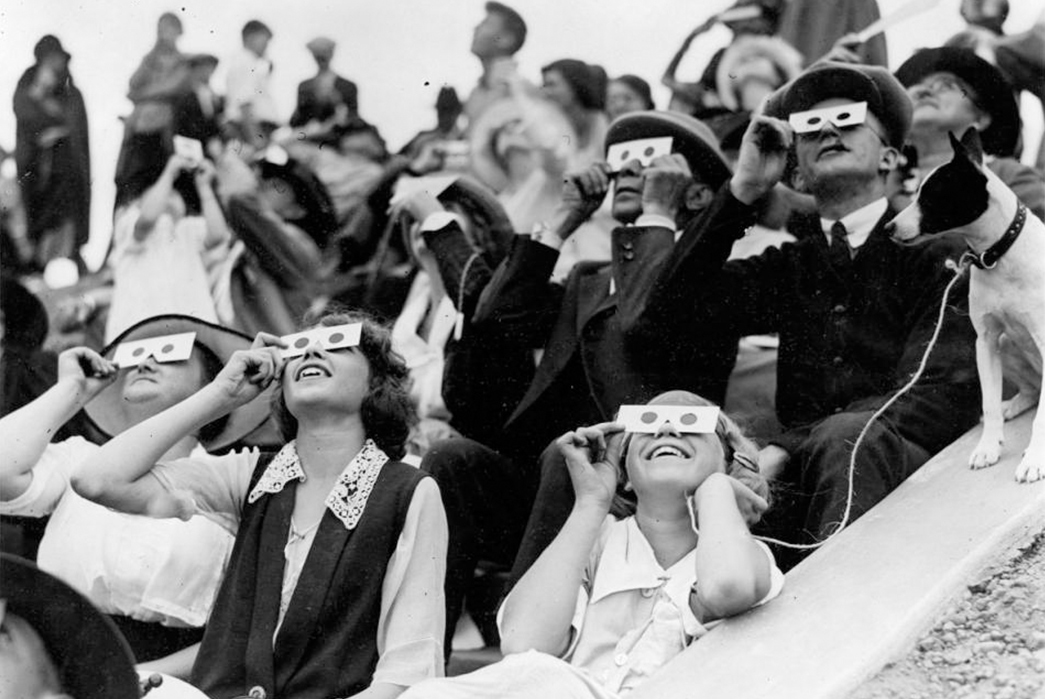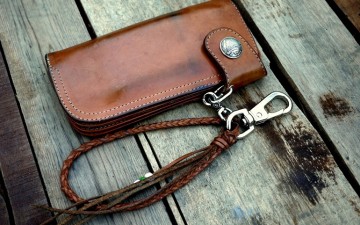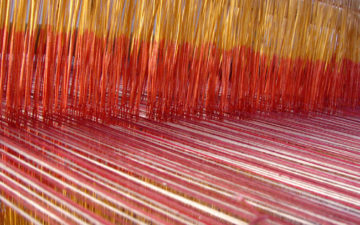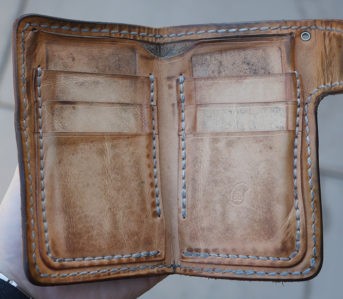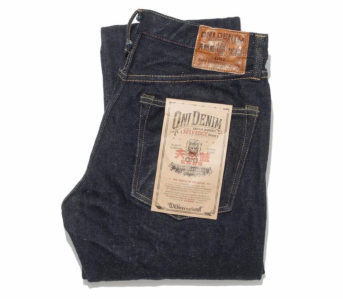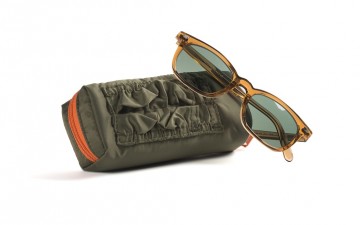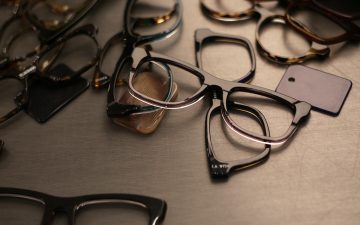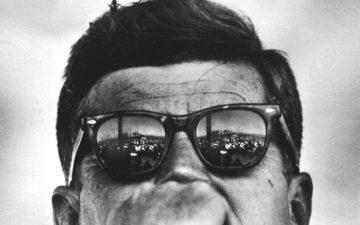Putting on your first nice pair of sunglasses can be a revelatory experience, if a conflicting one. Years of cheap-o pairs may have been easy on the wallet and caused less heartbreak when you inevitably lost them, but a nicer pair of specs can’t be beat.
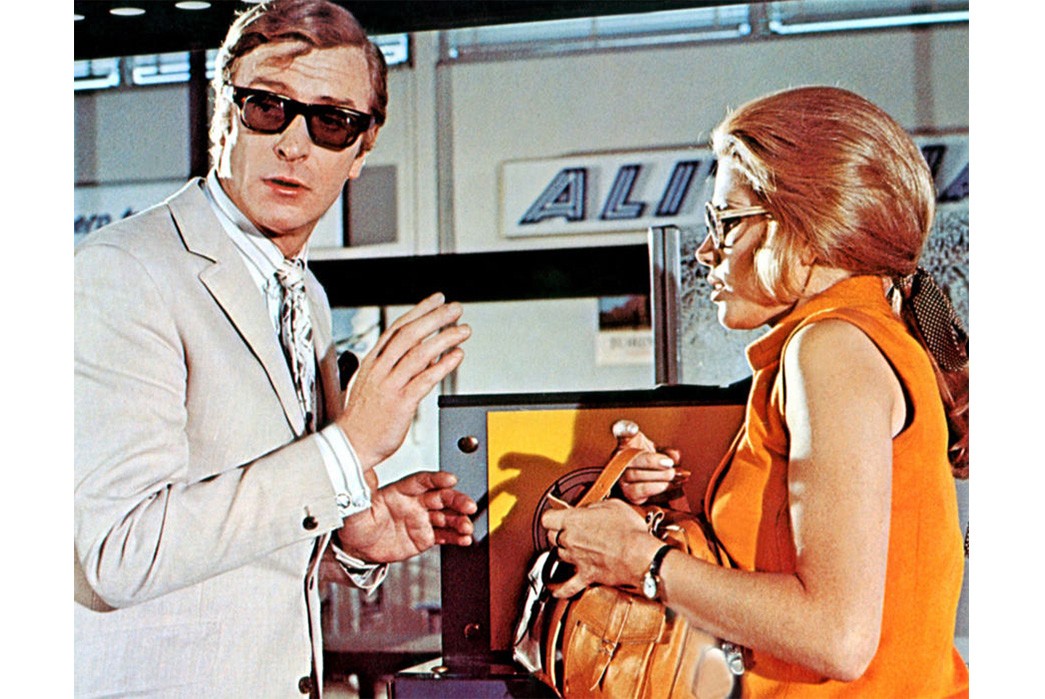
Michael Caine needs you to pipe down so he can read this riveting article. Image via Daily Express.
It’s understandable that for many, paying a premium for sunglasses is a tough pill to swallow. Sure, we’ll pay $300 for jeans that will last us the better part of a decade, but the same price for a pair of sunglasses that will almost definitely disappear? Today’s article is meant to educate the consumer on the verge of buying their first high-quality pair of sunnies, nail down some basics, and figure out what the hell UV 400 means.
What Sunglasses Do – The Boring Part
As in-depth as we may get about this crucial accessory, the fact of the matter is: sunglasses are meant to protect your eyes. Glasses, regardless of price, that don’t accomplish this basic function aren’t worth your time (or precious dollars).
UV (ultraviolet) rays can cause serious issues for your precious peepers, possibly leading to permanent retinal damage. These rays are strongest between 10 a.m. and 2 p.m., but are still an issue outside of that time-frame and even on cloudy days. The two kinds of UV rays that penetrate our atmosphere are UVA and UVB rays and it’s crucial to wear sunglasses that can deal with both.
A pair of sunglasses is 100% UV resistant if it is labelled UV 400. That includes rays up to 400 nanometers in length, which includes both types of UV, A and B. UVB rays don’t go through glass, but UVA do, which is why it’s important that even your glass-lensed specs have additional measures to protect you.
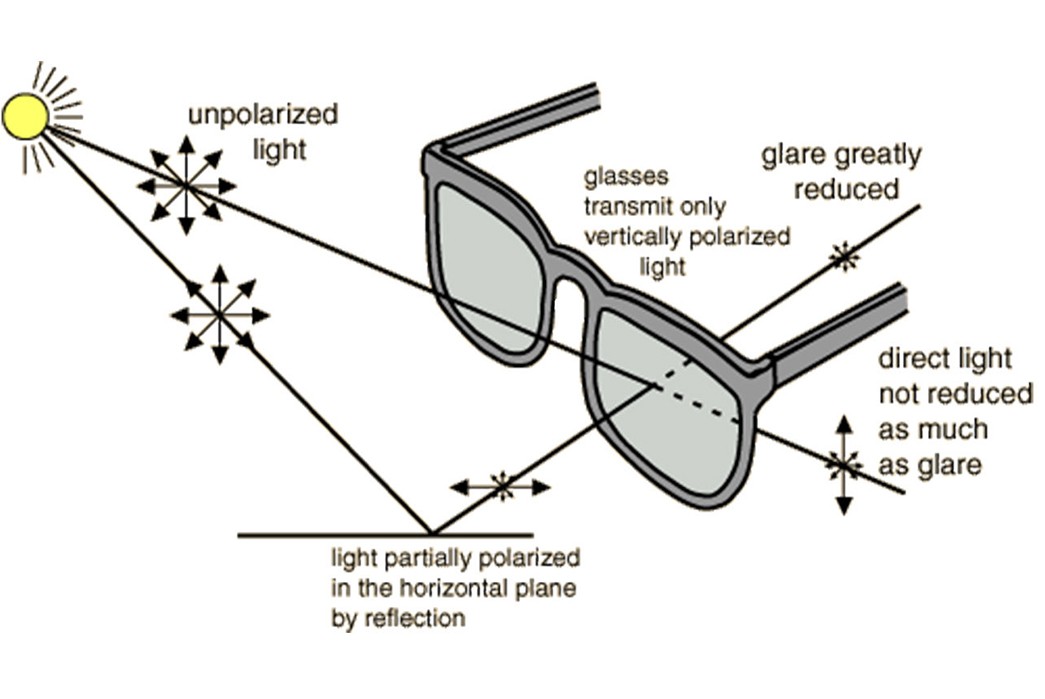
Eye science. Image via Uptight Suburbanite.
The color or tint of the glasses have little to do with the level of protection. In fact, it would be better to have a clear, UV-protected lens, than a dark, non UV-protected lens, because the latter would dilate your pupils and increase your exposure. If glasses are already UV-protected, you don’t necessarily need polarized lenses, which function mainly to eliminate glare.
The Classics
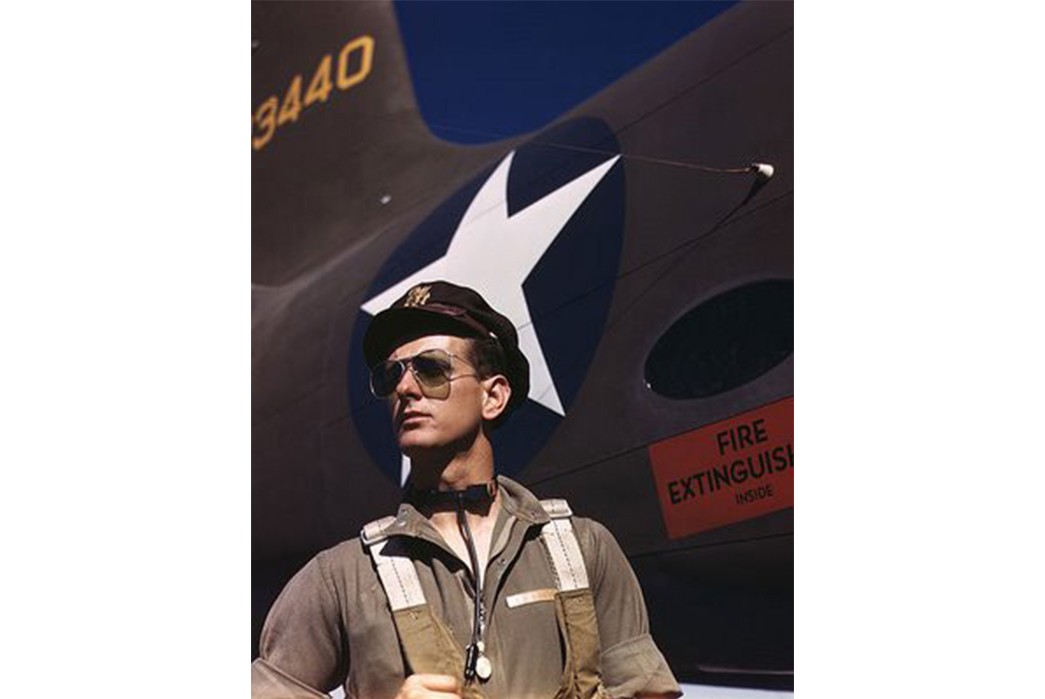
Aviators were meant for… aviation. Image via Aviator-sunglasses.net
Modern sunglasses history started with the “aviator,” a story that is covered in more detail in our article on the history of Ray Bans. The Aviator was designed to protect pilots’ eyes and has remained largely the same, large lenses in a simple metal frame.
Because Ray Ban is one of the longest-lasting sunglass companies, many of our reference points for discussing sunglasses come from their versions of classic designs.
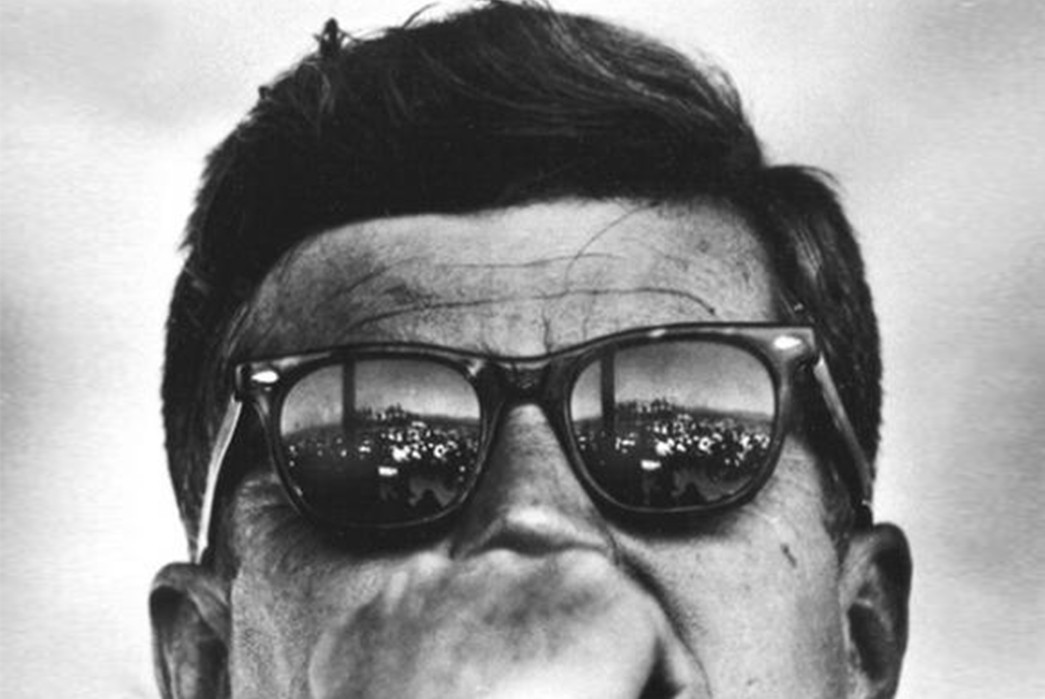
JFK in American Optical Saratogas. Image via NY Glass.
Among the most popular sunglasses design is the Wayfarer, popularized by Ray-Ban. This design made a splash with its chunky plastic frames and smaller lenses. After enjoying immense popularity in the 1950s, this design recaptured the market after appearances in films like the Blues Brothers and Risky Business.
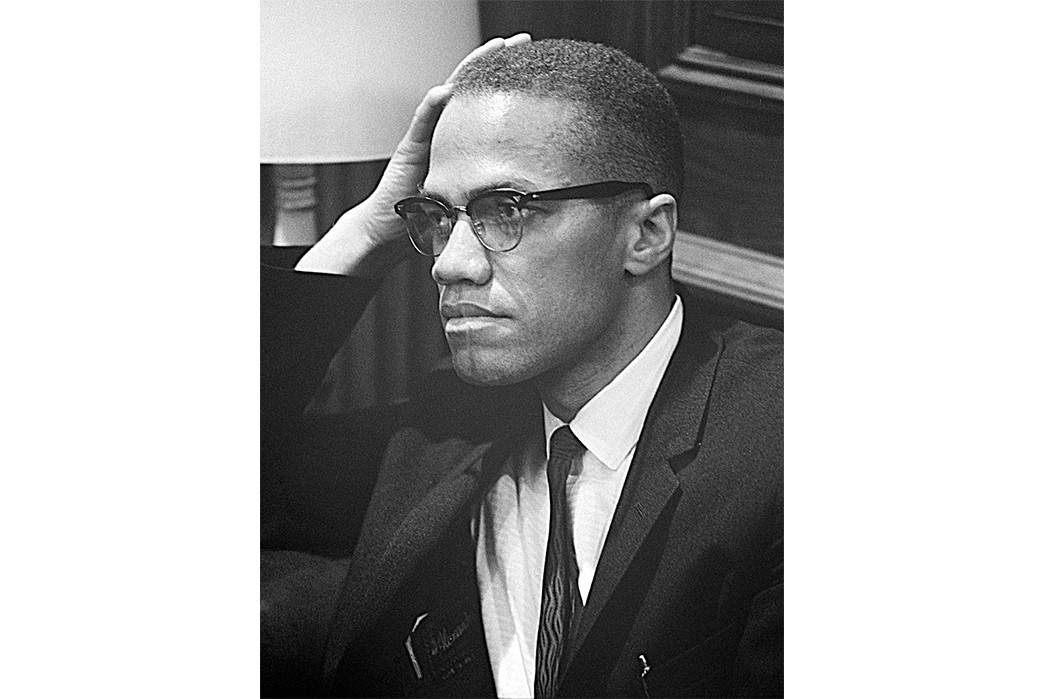
Malcolm X in browline glasses. Image via Library of Congress.
The above glasses, most commonly known as “Clubmasters” in the Ray-Ban lineup, were first known as the Browline Glasses. Made from plastic arms and with thick “brows,” these chunky details are juxtaposed with the thin, metal of the lower half of the frame and the bridge. The first browline glasses were sold by Shuron Ltd as “Ronsirs.” This design was so popular that they briefly made up 50% of all glasses sales for a period in the 1950s.
Materials
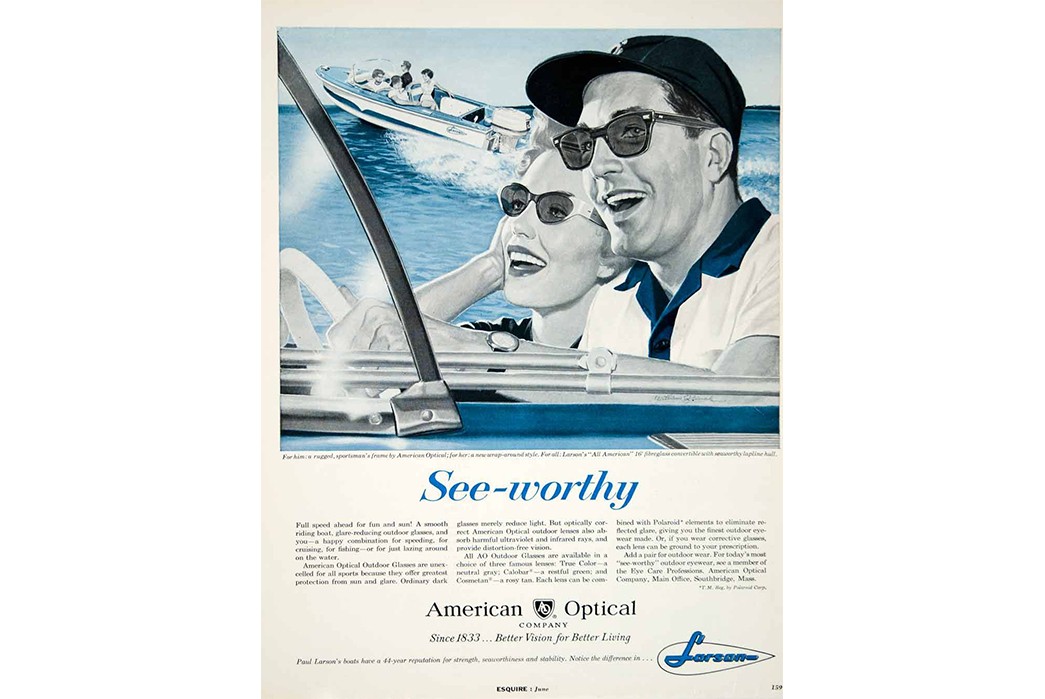
Vintage American Optical Ad. Image via Pinterest.
With some exceptions, the two most commonly used frame-materials are metal and plastic. Depending on the price-point of your glasses, they made be made from any number of metals or plastics. Titanium is one of the best metals and cellulose acetate, one of the best plastics.
Titanium is strong, lightweight, and hypoallergenic, but isn’t too often used. Monel, a composite of several different metals is more common in metal sunglass frames and is much loved for its malleability and corrosion-resistance.
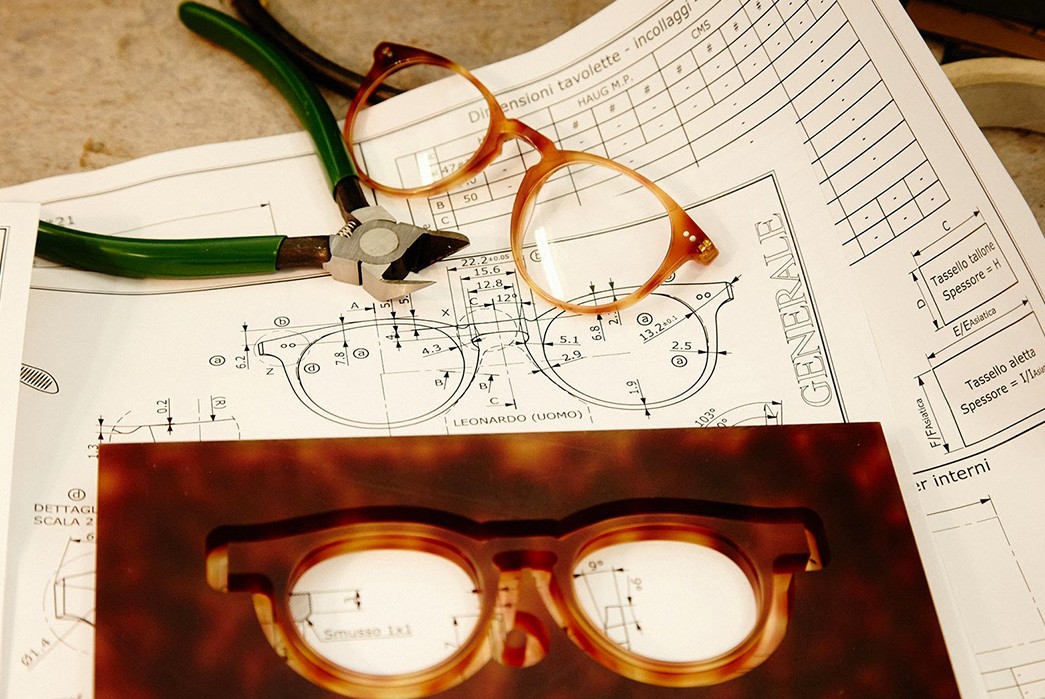
Cellulose Acetate. Image via histoptica.
Cellulose acetate, on the other hand, is one of the best plastics. It is lightweight, transparent, and glossy. When heated, cellulose acetate becomes malleable, allowing an optometrist to swap out lenses or slightly modify the arms to fit your head. (As a newfound convert to cellulose acetate, I can’t over-emphasize how rad it is.)
Brands
Izipizi

Inexpensive and Underrated. Image via Izipizi.
From Paris comes Izipizi, whose preposterously cheap glasses are a great stop-gap pair. They make both reading glasses and sunglasses and each of their designs comes in a variety of cheerful and interesting color ways. Their flexible plastic frames are not the best in the world, but my two pairs of Izipizis have both stood the test of time and I always keep one pair in my car’s glove compartment.
Starting at $45 at Izipizi.
Ray-Ban
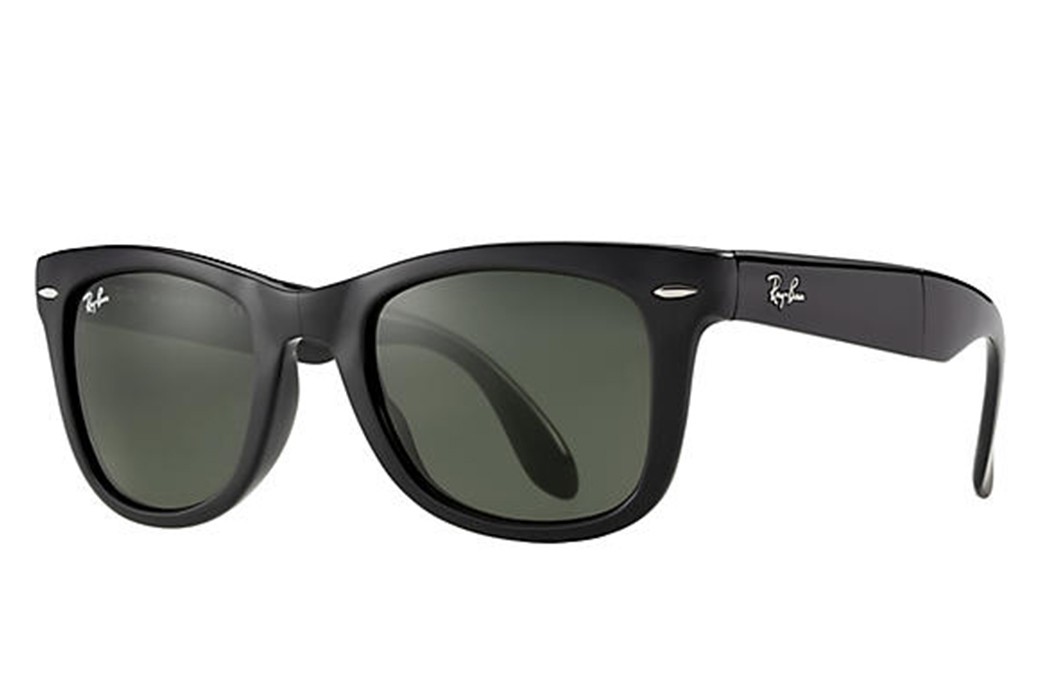
The classic. Image via Ray-Ban.
What list of sunglass brands would be complete without Ray-Ban? Although denied a pair by my parents, I recall getting your first pair in high school to be a real rite of passage. Ray Ban has been inextricably tied to the world of eyewear since the late 1940s and if you’re in the market for a mid-range pair, these would be a great bet. Their website features all of the classics, as well as newer, more modern takes on the frames that made the brand so famous.
Starting at $143 at Ray-Ban.
American Optical
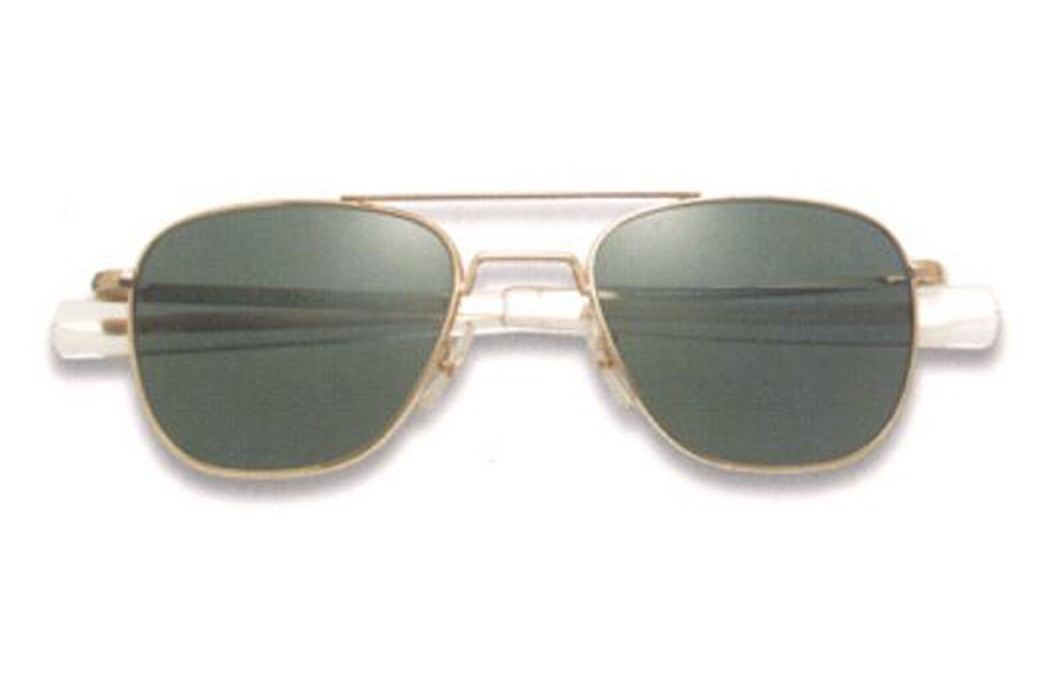
If you’re looking for the true original, look no further than American Optical, who has been operating continuously for nearly 200 years. Their frames have graced the faces of George S. Patton, John F. Kennedy, Chuck Yeager, and many many more. AO is albeit a smaller operation than they once were, but the core “General” and “Aviator” models remain at a relative steal of around a hundred bucks.
Starting at $99 at American Optical.
Persol
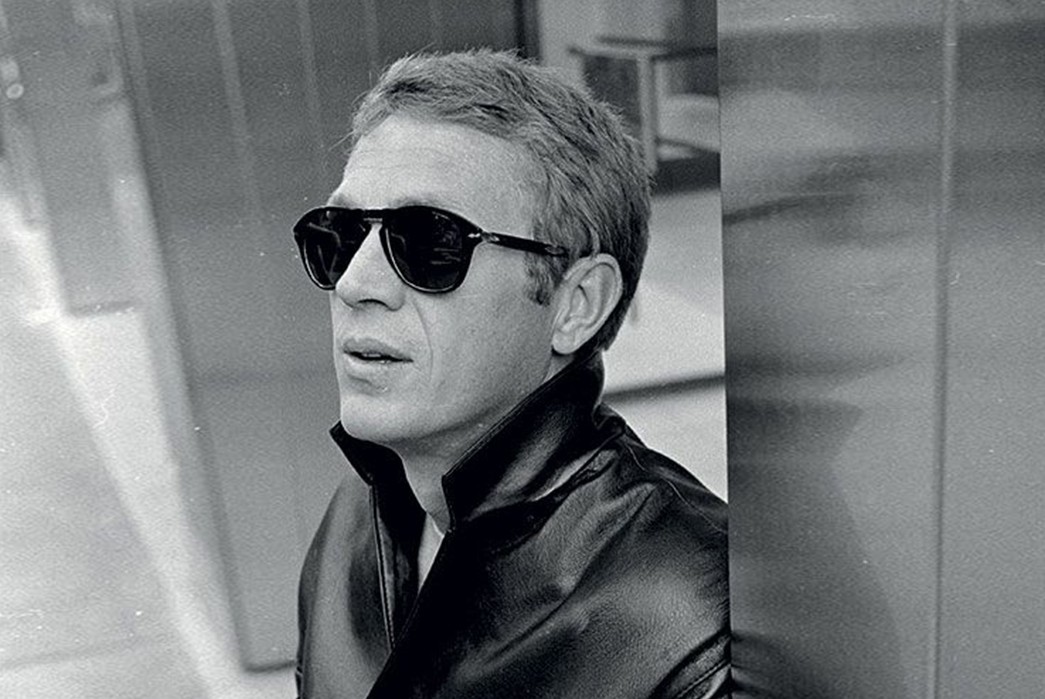
Steve in Persols. Image via Persol.
Persol is a storied eyewear brand launched in 1917 to shield the eyes of racers and later, pilots. The brand is most-closely associated with the above pair of sunglasses. The Italian-made specs gave Steve McQueen some extra class on the set of The Thomas Crowne Affair and remained a lifelong favorite in his personal life. Their classic models live on a century later as part of the Italian eyeglass behemoth Luxottica.
Starting at $260 at Sunglass Hut.
Lowercase NYC
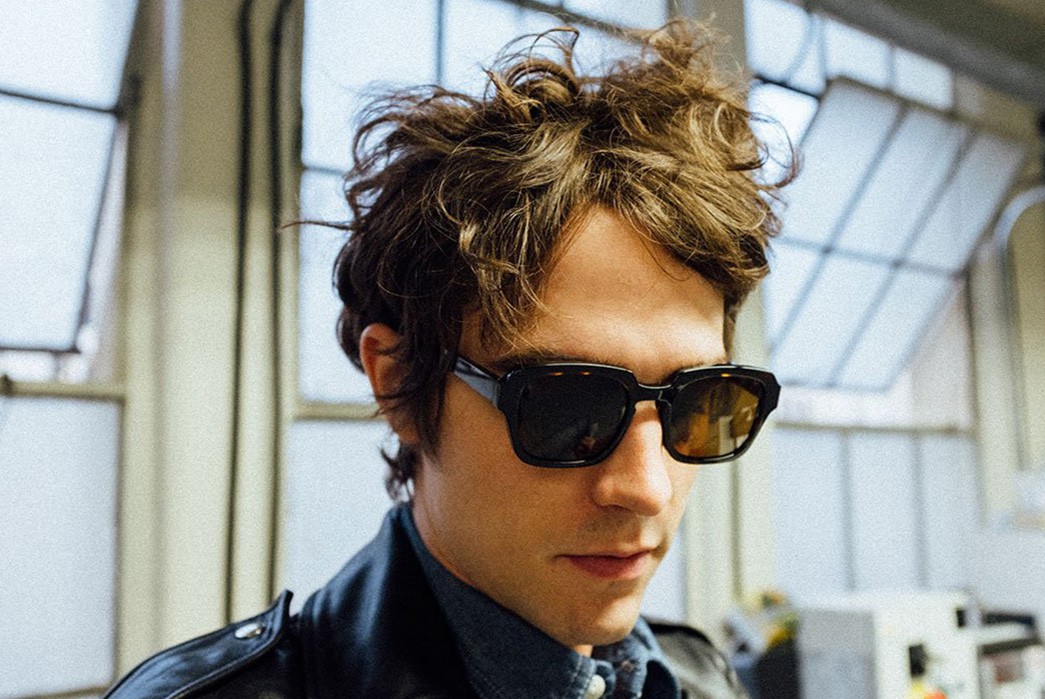
Lowercase NYC is a relative newcomer in eyewear, but their manufacturing is very old world. The Brooklyn-based brand makes all of their frames in house and despite their recent arrival, they have a full lineup of men’s and women’s options in mid-century modern styles.
Starting at $299 at Lowercase.
Globe Specs
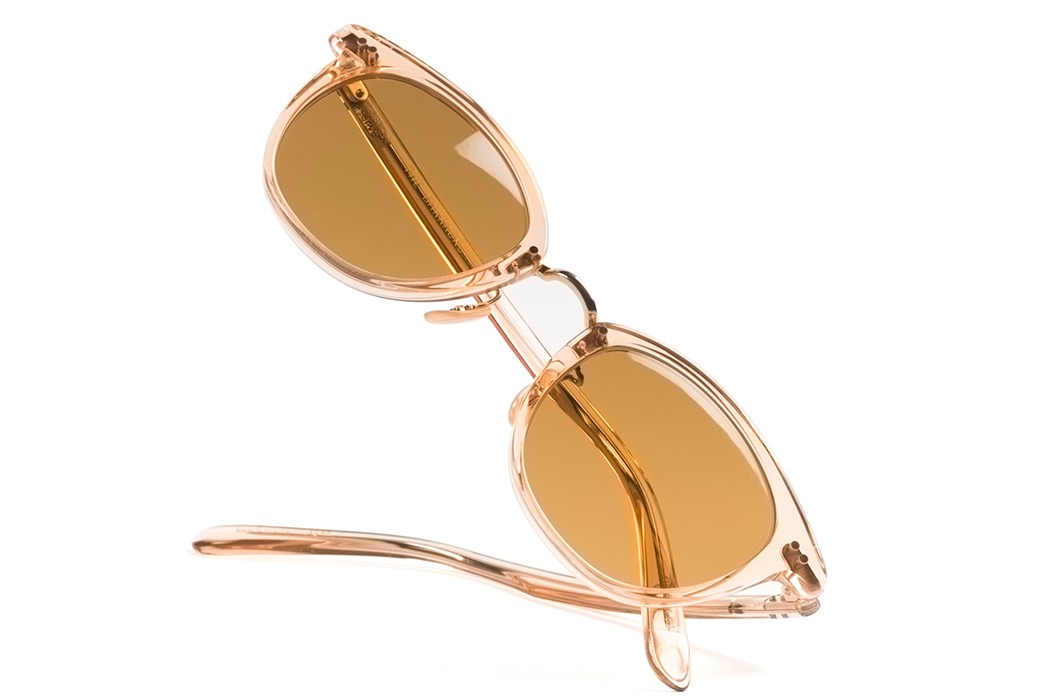
Globe Specs. Image via Self Edge.
Globe Specs is a Japanese eyewear brand run by Tetsuya Okada. The brand focuses on reinterpreting the world’s most classic and elegant sunglasses in exceptionally fine materials like acetate, titanium, and stainless steel. A somewhat steeper investment than the preceding models, but Globe’s bargain is they aim to offer the best.
Starting at $310 at Self Edge.

